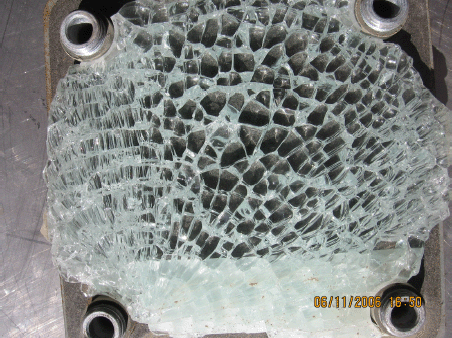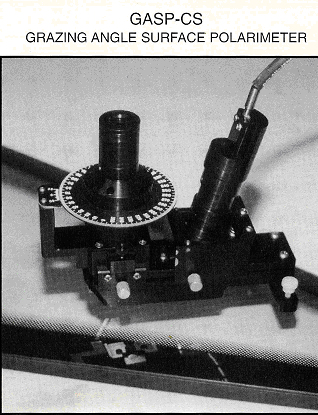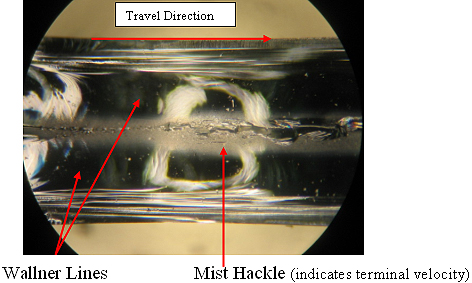Characterization of the Glass and the Glass Fracture
Introduction to Glass Fracture
Glass: Glass is a brittle material that is characterized by the fact that it deforms solely in an elastic manner and that it can only fail in tension. In fact, a crack will always travel in a direction perpendicular to the maximum principle stress. Because there is no plastic deformation of the material, it has no ability to absorb energy during failure. In addition, most glass failures initiate at a surface flaw; therefore, the failure characteristics are dominated by surface defects. The failure stress of normal glass (i.e. annealed) can range from a minimum of 2000psi to a value as high as 40,000psi. From this standpoint the failure of glass is much less predictable than that of a material such as steel.
Tempered Glass: Tempering is special heat treatment developed to create a compressive stress on the surface of the glass. Due to the principles of superposition, this compressive stress must be overcome before the surface can be put into tension; therefore, tempering increases the failure stress of glass by 10,000psi or more. It is important to note that the compressive stresses at the surface of tempered glass are balanced by tensile stresses in the center of the glass; therefore, once a crack penetrates the compressive layer, it is driven by the residual tensile stresses in the glass. Therefore tempered glass tends to break up into “blocks” of glass. The size of the block is an indication of the temper stress; the block gets smaller as the temper stress increases.
Crack Velocity: At terminal velocity a crack in glass travels at 6000 fps. Therefore a crack traveling one foot requires less than 0.2 of a millisecond. Because of the high tensile stresses in the center of tempered glass, all tempered glass failures travel at this rate.
Objective
For this study the objective was to determine the
origin of a tempered glass fracture
Procedure and Results
Glass Basketball Backboard Failure

Figure # 1 : An overview of the remaining glass clamped between the two metal plates that held the basket to the backboard.

Figure # 2 : A close up of fracture initiation site. The failure initiated at one of the bolt holes in the glass, and it spread diagonally from the lower left hole .
Rear Window for a Pickup Truck
Before Impact: A standard Strainoptics Grazing Angle Surface Polarimeter (i.e. GASP) was used to measure the temper stress of each of the windows tested (Figure #1). This instrument introduces a red laser beam at a grazing angle to the glass surface and uses retardation of the light by the stressed glass to measure the stress near the surface of the glass. The stress in the 11 windows examined varied from 17,000 to 18,500 psi. This is well above the 10,000psi required by DOT.

Figure #3: Photograph of a GASP used to find the surface stress in tempered glass.
After Impact:
Fracture Pattern: In order to see the crack pattern generated by the fracture of tempered glass, a window was covered with transparent pressure sensitive tape before impact. This holds the glass in place after failure so one can see the fracture pattern of the glass. Without the tape, the glass will fall out of the frame and the fracture pattern will be lost.
Figure #4: Fracture pattern of the tempered window. One can see that the crack spreads out from the point of impact (much like the spokes in a wheel). Understanding this can help one to find the impact point if enough of the pattern is preserved.
Fracture Surface: Numerous fracture surfaces were examined after impact, and they all demonstrated that the glass was tempered. Figure #3 is a representative fractograph of the window failure..

Figure #4: Representative photomicrograph of a tempered window fracture surface. It includes two sets of Wallner lines and mist hackle in the center. This is typical of tempered glass failure (Mag. 20X)




